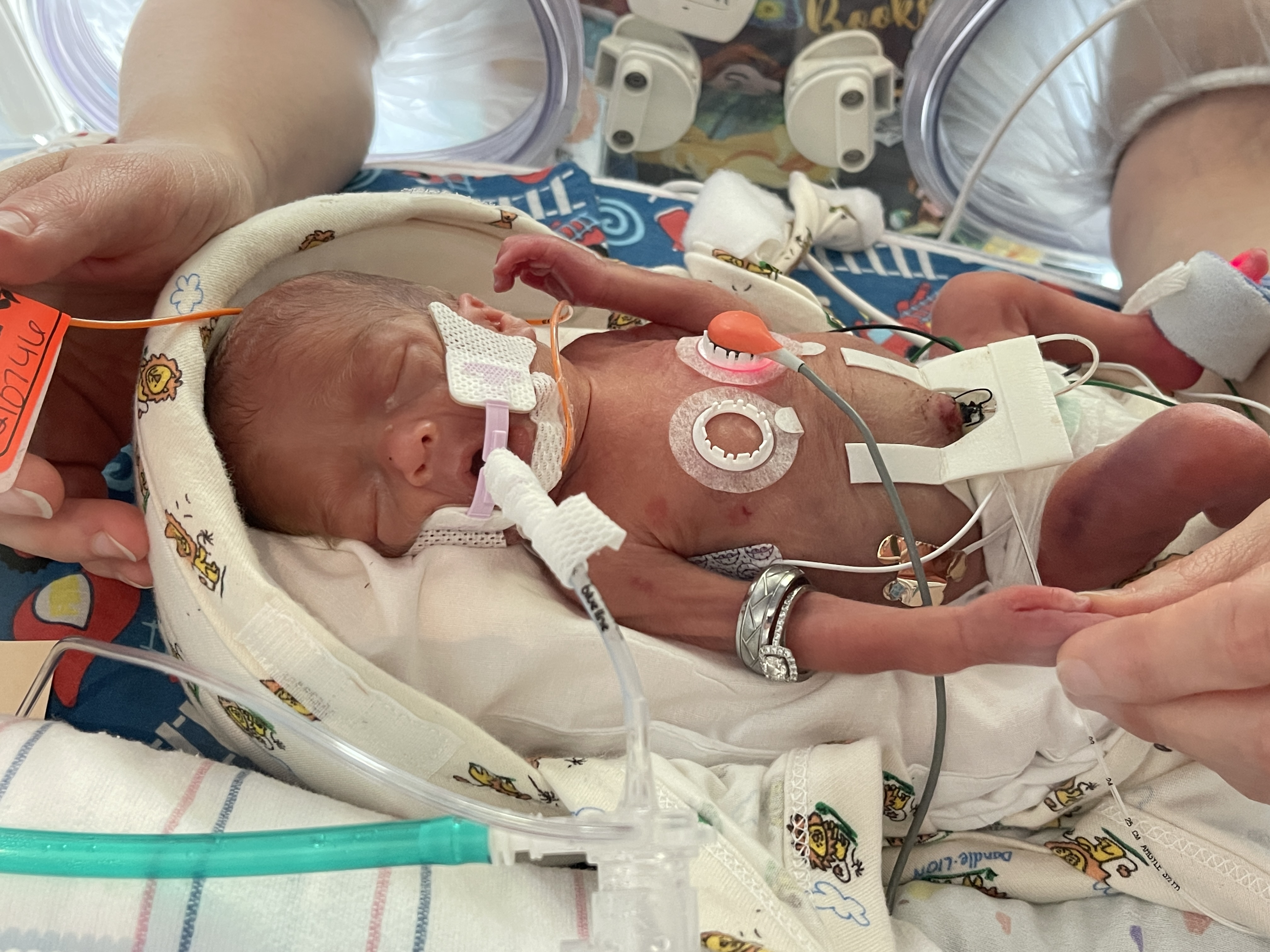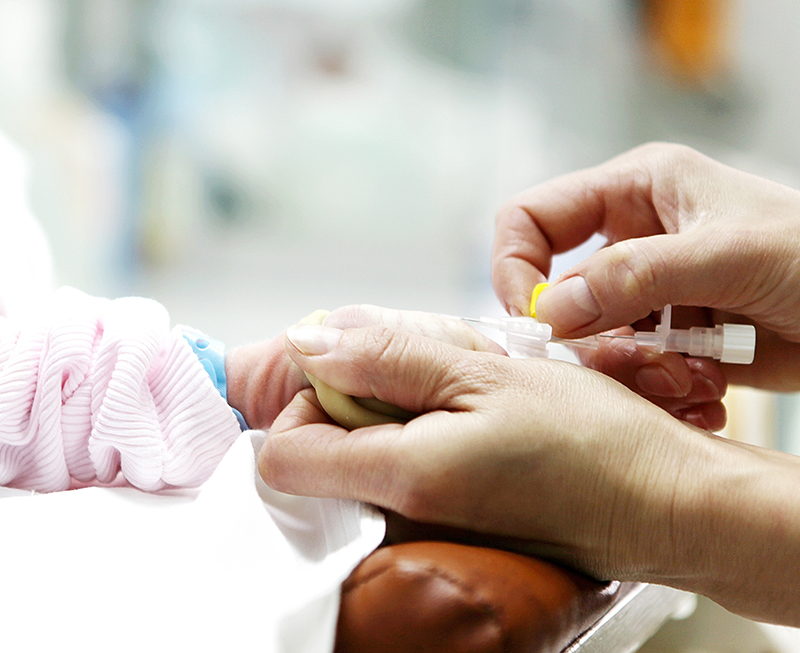How could transcutaneous monitoring enhance care in your pediatric ICU? In this whitepaper, PICU specialists from Children’s Memorial Hermann share case studies demonstrating how continuous visibility provided by transcutaneous CO2 monitoring supported their team’s patient care strategies.
Angel Haver, RRT, RRT-NPS | Clinical Coordinator for the PICU
Alvaro Coronado Munoz, MD | Pediatric Critical Care Physician
Konstantinos Boukas, MD | Pediatric Critical Care Physician
Rick Hinojosa, BS, RRT, RRT-NPS, CPFT | RT Manager








